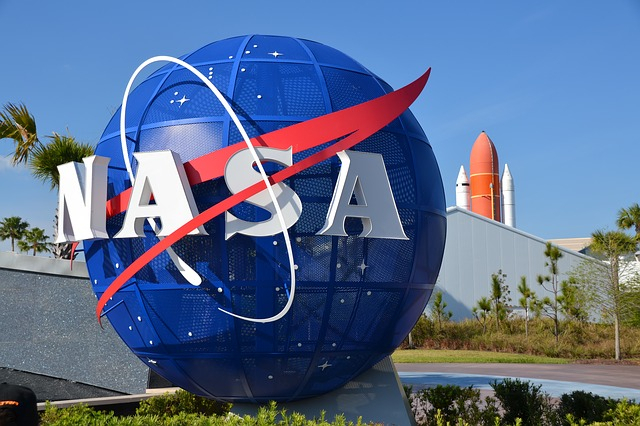NASA engineers are working on an ambitious new mission that will carry a cutting-edge, 2.5-metre telescope high into the stratosphere on a football stadium-sized balloon.
The launch of the mission called ASTHROS, short for Astrophysics Stratospheric Telescope for High Spectral Resolution Observations at Submillimeter-wavelengths, is tentatively planned for December 2023 from Antarctica, NASA said on Thursday.

ASTHROS will spend about three weeks drifting on air currents above the icy southern continent and achieve several firsts along the way.
How Will ASTHROS Achieve Its Mission Objectives
To achieve its mission objectives, ASTHROS will need to reach an altitude of about 130,000 feet (40 kilometers) -- roughly four times higher than commercial airliners fly. Though still well below the boundary of space -- about 62 miles, or 100 kilometers, above Earth's surface-- it will be high enough to observe light wavelengths blocked by Earth's atmosphere.
"Balloon missions like ASTHROS are higher-risk than space missions but yield high-rewards at modest cost," said Jose Siles, Project Manager for ASTHROS at NASA's Jet Propulsion Laboratory.
"With ASTHROS, we're aiming to do astrophysics observations that have never been attempted before. The mission will pave the way for future space missions by testing new technologies and providing training for the next generation of engineers and scientists." ASTHROS will carry an instrument to measure the motion and speed of gas around newly-formed stars.
Four Main Targets
During flight, the mission will study four main targets, including two star-forming regions in the Milky Way galaxy. It will also for the first time detect and map the presence of two specific types of nitrogen ions (atoms that have lost some electrons). These nitrogen ions can reveal places where winds from massive stars and supernova explosions have reshaped the gas clouds within these star-forming regions.
In a process known as stellar feedback, such violent outbursts can, over millions of years, disperse the surrounding material and impede star formation or halt it altogether.
But stellar feedback can also cause material to clump together, accelerating star formation. Without this process, all the available gas and dust in galaxies like our own would have coalesced into stars long ago.
Stellar Feedback
ASTHROS will make the first detailed 3D maps of the density, speed, and motion of gas in these regions to see how the newborn giants influence their placental material.
By doing so, the team hopes to gain insight into how stellar feedback works and to provide new information to refine computer simulations of galaxy evolution.
A third target for ASTHROS will be the galaxy Messier 83. Observing signs of stellar feedback there will enable the ASTHROS team to gain deeper insight into its effect on different types of galaxies. Finally, as its fourth target, ASTHROS will observe TW Hydrae, a young star surrounded by a wide disk of dust and gas where planets may be forming.









